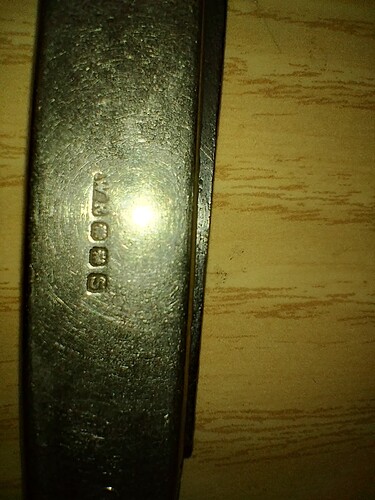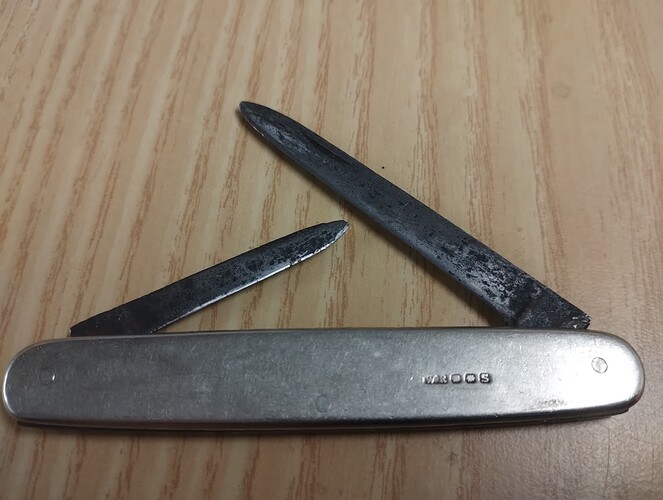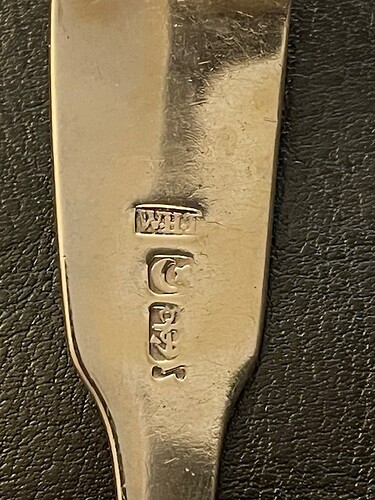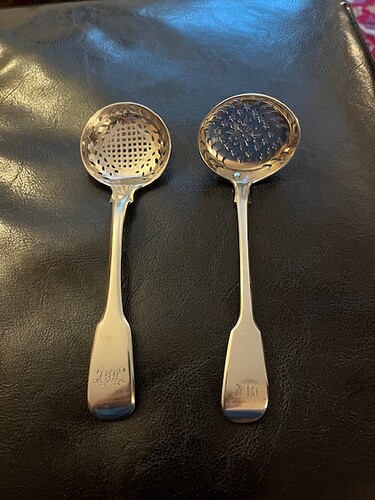I had rather given up on WR being one of the “Little Meesters” of Sheffield, having reference to a fairly comprehensive list of these journeymen cutlers working smallholdings by one of the Twentyman Bros.
“Dick” or Richard Twentyman’s family had been Sheffield cutlers for centuries before moving to first Liverpool, then Calcutta, Ceylon and South Africa and finally Claverley near Wolverhampton and setting up shop as an architect and designing most of the W B Butlers pubs for us.
This unveiling of a piece by his brother Tony after his death interested me because it told of his capture and servitude on the Japanese railway. And the use a sterling silver cigaret case was put to — to buy motor oil to fry rice.
https://www.youtube.com/watch?v=I9pG7xFiKXE#:~:text=Unveiling%20Anthony%20Twentyman’s%20sculpture%20The,outlining%20Twentyman’s%20life%20and%20legacy.
Decades ago, he spotted my interest in Hallam cutlers and kindly allowed unfettered access to the Twentyman archives which included a very comprehensive list of early 20th century late 19th century competitors.
Three of them have W and R as initials but none of the three ever used this mark, according to the records of some 274 competitors both active (in 1929 when the list was last updated) and closed down.
So I decided Occam’s razor rules may not, in this narrow instance, apply and S might stand for something other than the obvious.
Which sent me off to the twice ruined town in Germany. Where I did find similar blades on similar sized folding knives and specific imports including Dick and Tony Twentyman’s grandfather. But again nothing to clinch the identification.
The list isn’t mine to release but it might be quite useful if it was. It certainly has a lot of cutler marks which don’t appear other than in the cutler registry itself, presumably
Collectors of Indian or Raj silver will be familiar with the name as Henry sailed out to Calcutta from Liverpool and set up shop there in 1810. Ceylonese Coffee historians will see that family’s participation in the grown of that somewhat brutal trade these in the 19th century and South African silver collectors see Capetown shop work by Lawrence.
On a recent sailing trip I sought shelter in Gardiner Inlet on the west coast and noted a rather tidy craft normally taking two to crew rigged for single occupancy sailing and enquire as the owner from a local. “Ah, that will be Mr Twentyman’s’” I was told, and I met the next generation, retired from coffee and living in BC!.
Brilliant.
CRWW
![]()




